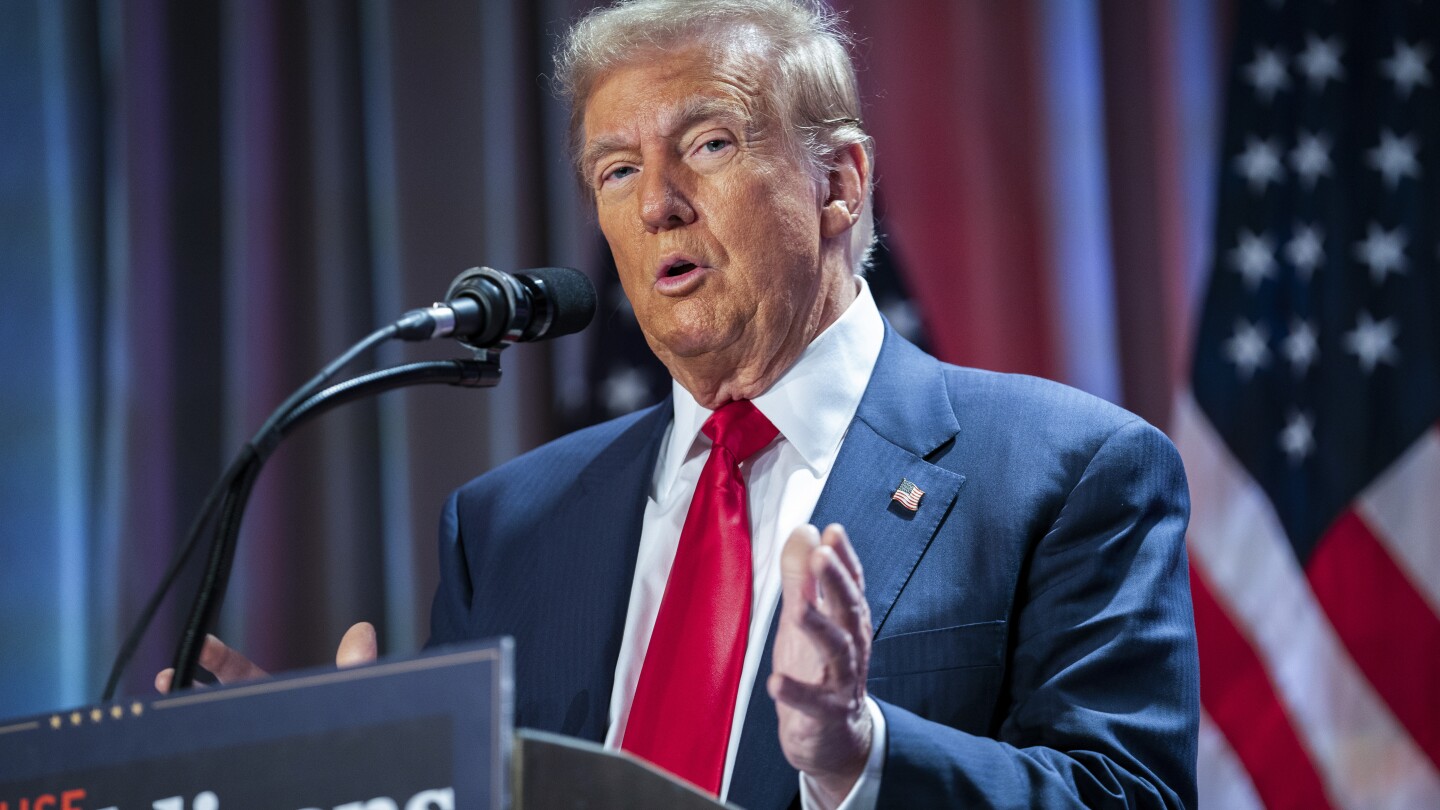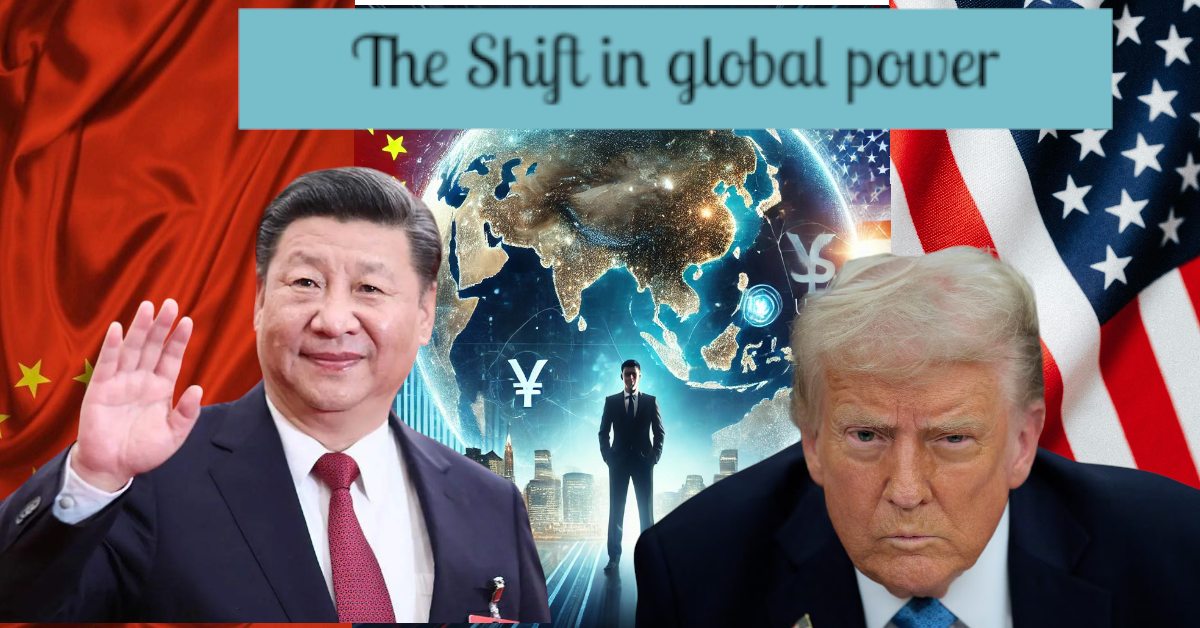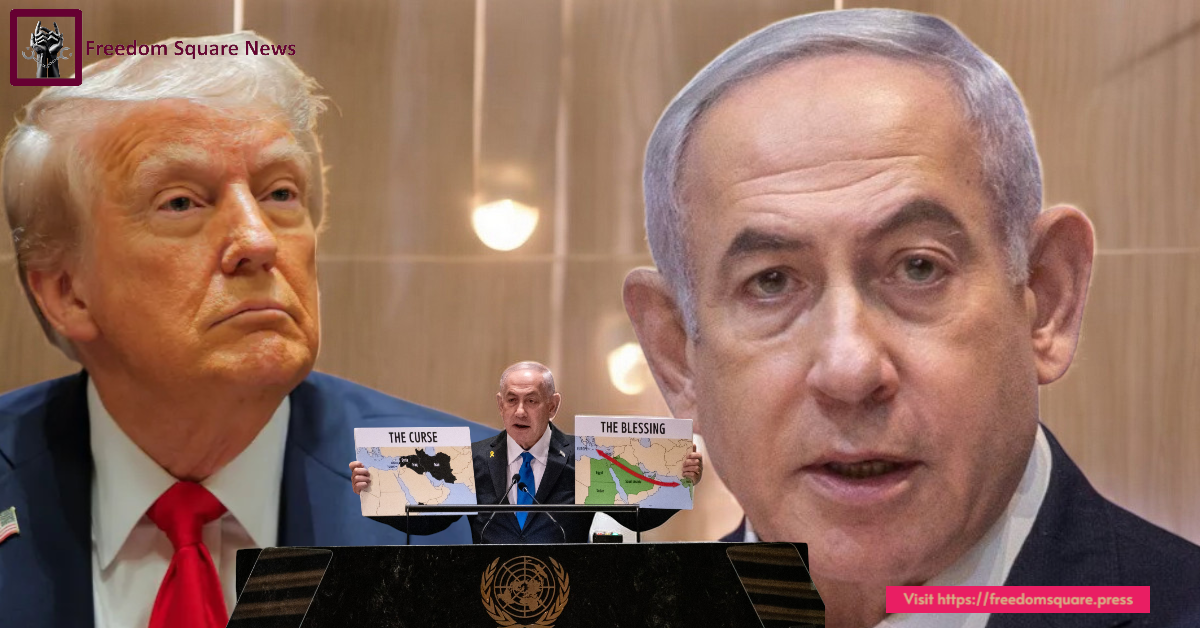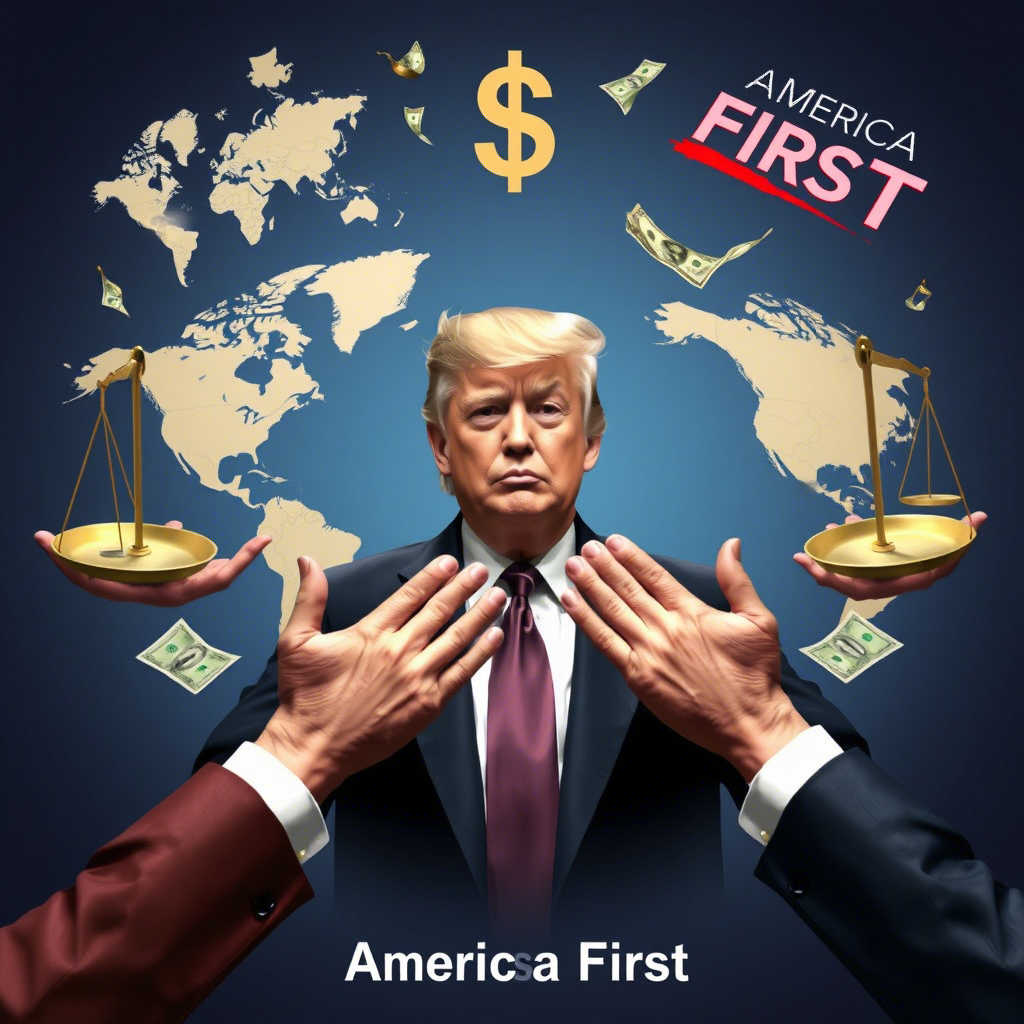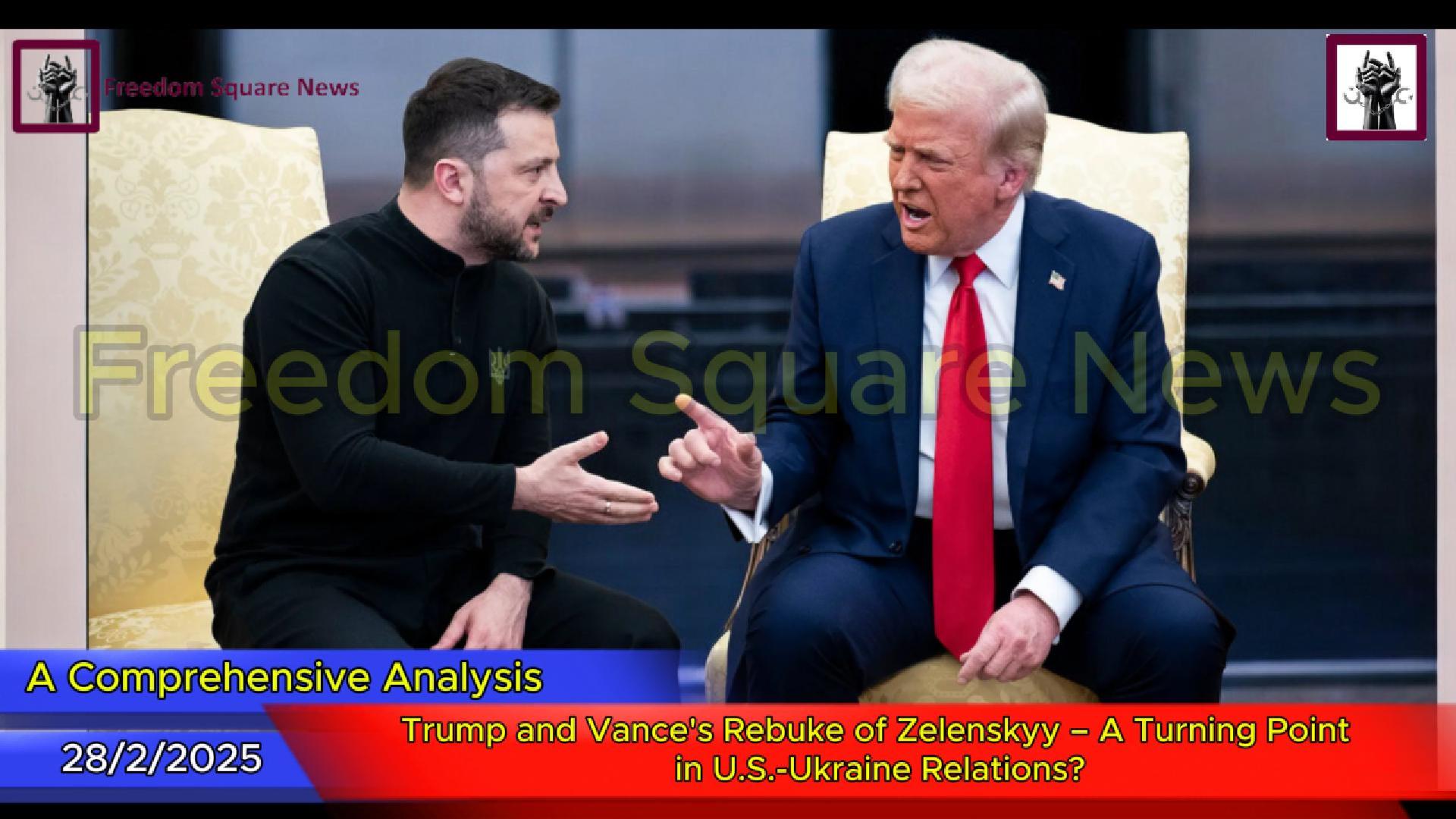U.S. Pushback Amid BRICS’ Currency Ambitions
President-elect Donald Trump’s recent declaration to impose 100% tariffs on BRICS nations if they pursue the creation of a new currency has stirred global attention. The warning, issued as the BRICS bloc explores alternatives to the U.S. dollar, highlights the growing friction between the United States and emerging economies seeking to reduce their dependency on the dollar-dominated global financial system.
But does this threat carry enough weight to deter the BRICS countries, or is it more rhetoric than reality? As the world watches, the implications of such a move could reshape global economic dynamics.
Context and Consequences of Trump’s Threat
The BRICS nations—Brazil, Russia, India, China, and South Africa—have been discussing the possibility of a shared currency to facilitate trade among members. This initiative gained momentum after Russia faced Western sanctions, aiming to provide an alternative to the U.S. dollar, which has long been the backbone of international trade and finance.
Adding to this dynamic, the bloc recently expanded to include nations like Saudi Arabia and the UAE, further bolstering its economic influence. Together, the BRICS nations account for over 40% of the world’s population and nearly a quarter of global GDP. Their combined economic weight and diversification of resources make them a formidable force in reshaping global trade patterns.
Trump’s reaction underscores U.S. concerns about maintaining the dollar’s dominance. A successful BRICS currency could shift the balance of economic power, undermining U.S. influence globally. However, the feasibility and effectiveness of imposing 100% tariffs on these economies warrant closer examination:
- Economic Interdependence: Many BRICS nations, particularly China and India, are critical trading partners for the U.S. China alone is America’s largest goods trading partner, with bilateral trade exceeding $700 billion annually. Imposing punitive tariffs on these economies could trigger retaliatory measures, destabilizing global trade.
- Global Supply Chain Disruption: The BRICS bloc contributes significantly to global supply chains, especially in manufacturing, energy, and raw materials. Disrupting these trade flows could lead to shortages, inflationary pressures, and economic turmoil—challenges the U.S. economy can ill afford amid its ongoing recovery from inflation and post-pandemic restructuring.
- Geopolitical Pushback: Imposing sweeping tariffs risks alienating U.S. allies within the BRICS bloc, such as India, which has maintained a delicate balance between its relationships with the U.S. and Russia. Such actions could deepen the divide between the Global North and South, driving more nations toward BRICS’ orbit.
- Domestic and Global Resistance: Within the U.S., such a tariff policy would likely face resistance from businesses, lawmakers, and consumers who bear the brunt of higher costs. Internationally, Trump’s approach could be viewed as economic coercion, further eroding America’s soft power.
“Trump’s proposed tariffs highlight the tension between preserving the dollar’s dominance and accommodating the rise of alternative financial systems. However, its implementation could backfire, accelerating BRICS’ push toward financial independence.”
For the BRICS nations, Trump’s threats could serve as validation of their efforts to create a more multipolar financial system. Countries like China and Russia have already made strides in reducing their reliance on the dollar through bilateral trade agreements denominated in local currencies. Meanwhile, nations such as Saudi Arabia and the UAE, with their vast oil reserves, could support a BRICS currency through commodity-backed trade mechanisms.
Despite this, internal challenges within BRICS—such as varying economic policies, political priorities, and logistical hurdles—remain significant obstacles to creating a unified currency in the near term. Nonetheless, the bloc’s ambitions signal a broader trend toward rethinking the global monetary order.
A Multipolar World Takes Shape
While Trump’s threat is provocative, its implementation would likely face significant hurdles, both domestically and globally. The BRICS nations, aware of the potential backlash, may use this as an opportunity to rally further support for their initiatives. Whether or not they proceed with a new currency, Trump’s rhetoric reflects a deeper recognition of the U.S.’s waning influence in a rapidly evolving multipolar world.
In the end, the real question is not whether Trump’s threat holds water but whether it signals a turning point in global economic governance. As tensions rise, the world watches to see how this unfolding drama will shape the future of international finance and trade.
